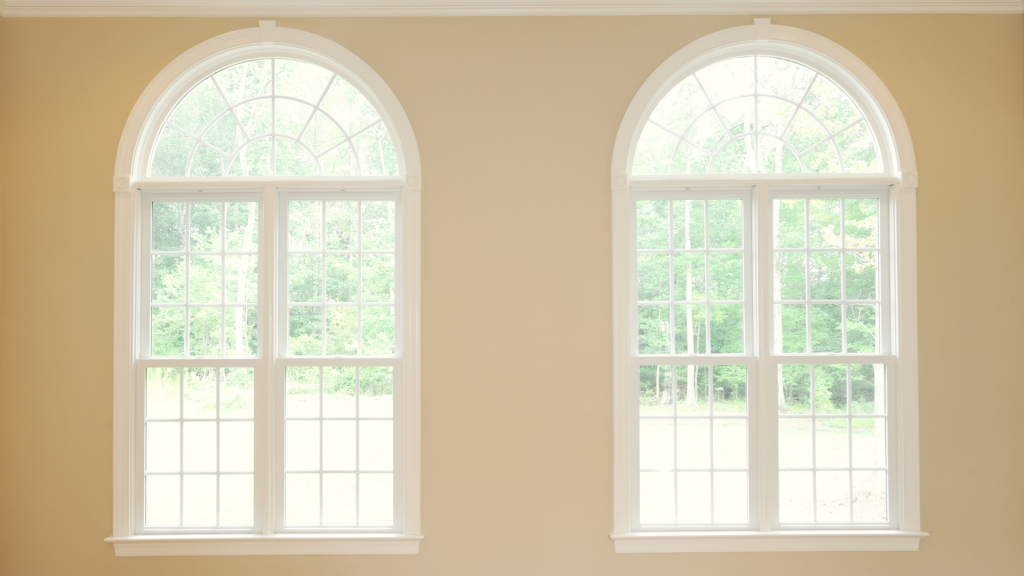Unplugging appliances when they’re not in use; swapping high-voltage light bulbs for LED; installing solar panels – when it comes to conserving energy as a homeowner, you likely know the basics. But did you know one of the biggest energy depleters could be from your home’s windows?
That’s right – windows don’t just add character and bring beautiful lighting into your space; they also help keep (or, in some cases, lose) its insulation in colder months, and cooling benefits in warmer months. In fact, windows are responsible for 25%–30% of heating and cooling energy use and loss.
If you’re ready to make more efficient upgrades to your home, it may make sense to start by replacing your existing windows.
Why Your Older Windows Are Costing You Cash
Old, leaky windows can be responsible for up to 30% of your home’s heating and cooling bill, meaning the less efficient the window, the higher your energy bills will be. That’s because older windows are often made of single paned glass, making it easier for air to escape. This puts your heating and cooling systems into overdrive to compensate for the heat or cooling air loss.
Along with single paned windows sucking up your energy bill, older window frames can also be a culprit. The actual window frame material on older windows is made of aluminum, which allows hot and cold air to move from one side to the other. Newer, more energy-efficient window frames are constructed with vinyl or fiberglass to combat this issue.
Invest for Better Insulation
By replacing your old windows with updated double-paned glass and frames made of vinyl or fiberglass, The US Department of Energy estimates that you can save upwards of $400 a year on heating and cooling bills.
And, while the initial investment may seem high, replacing your old windows with newer, more energy-efficient models can save you anywhere from 25% to 52% on your energy bill. This means, for a $10,000 investment in replacement windows, you could save about 40% of your annual $3000 bill – which is a whopping $1200 a year!
Along with overall design and placement of your windows, which varies from your location and home construction, there are two key areas to focus on when it comes to ensuring your windows are energy efficient:
- Frame Material
When it comes to selecting a window frame for energy efficiency, material matters. If you’re on a budget, vinyl frames offer excellent energy efficiency through insulated glass and are tight fitting to reduce air leakage.
If you have a bit more cash to spend, wood offers the best insulative value. However, keep in mind that wooden window frames have a potential to rot, so they may not be the best choice in rainy or humid climates due to the constant need for upkeep. - Glass Type
As we mentioned earlier, sticking with double-paned glass is a great start, and a big upgrade from leaky, single-paned models.
Along with double-paned glass, you’ll also want to look at both U-value numbers, which measures a window’s resistance to heat loss, and Solar Heat Gain Coefficient (SHGC), which, as HGTV explains, measures how much heat enters a home through the glass.
The lower the U-value and SHGC number, the more the window will help conserve heating and cooling air in your home.
If you’re ready to invest in new windows to save on your home’s energy bill, factors like your climate, energy use, and overall home construction will come into play.
Before ripping out your old windows, consult with a local window retailer and installer, or visit your local hardware store and chat with a professional, to understand your options and determine the best window design for your home.


